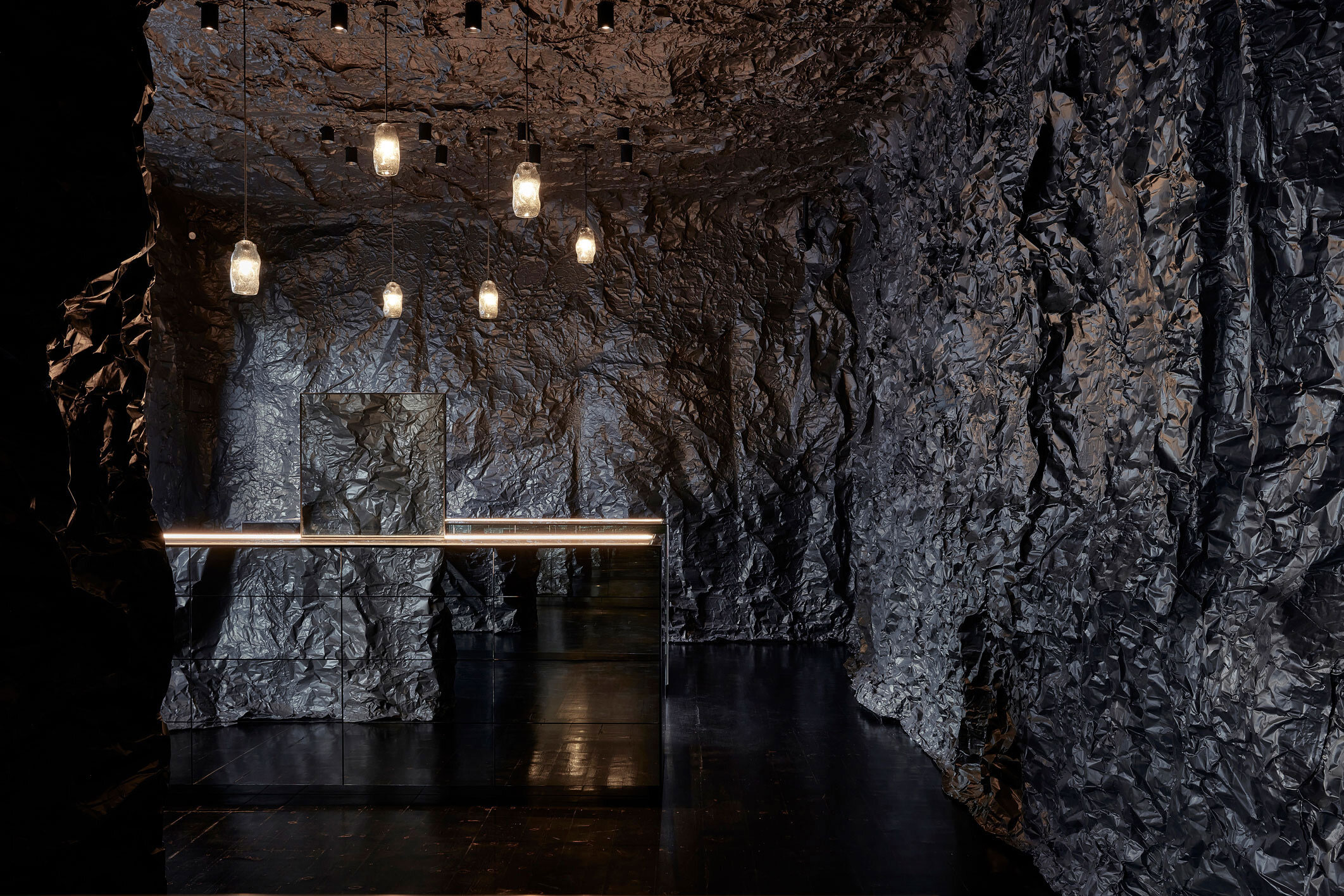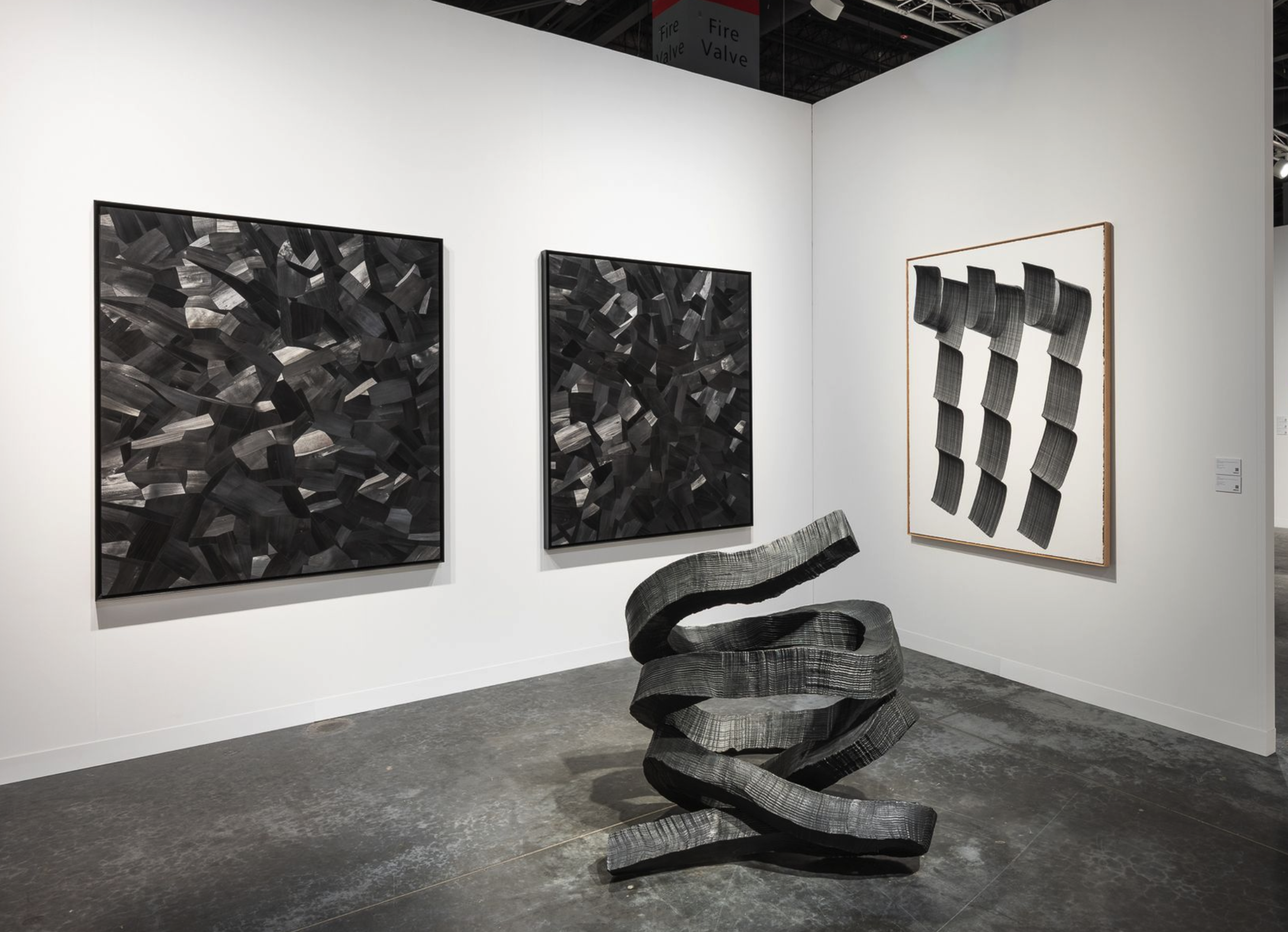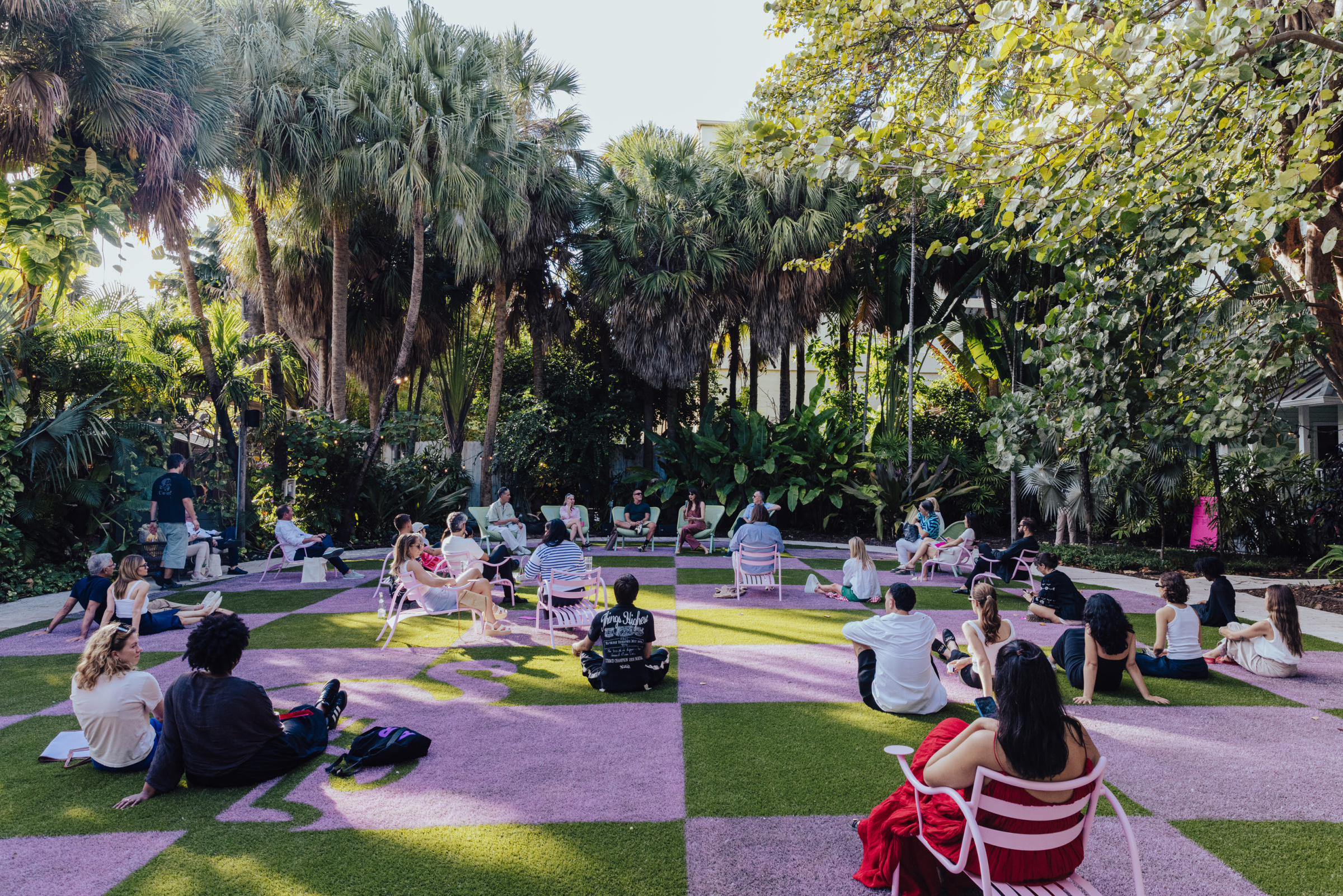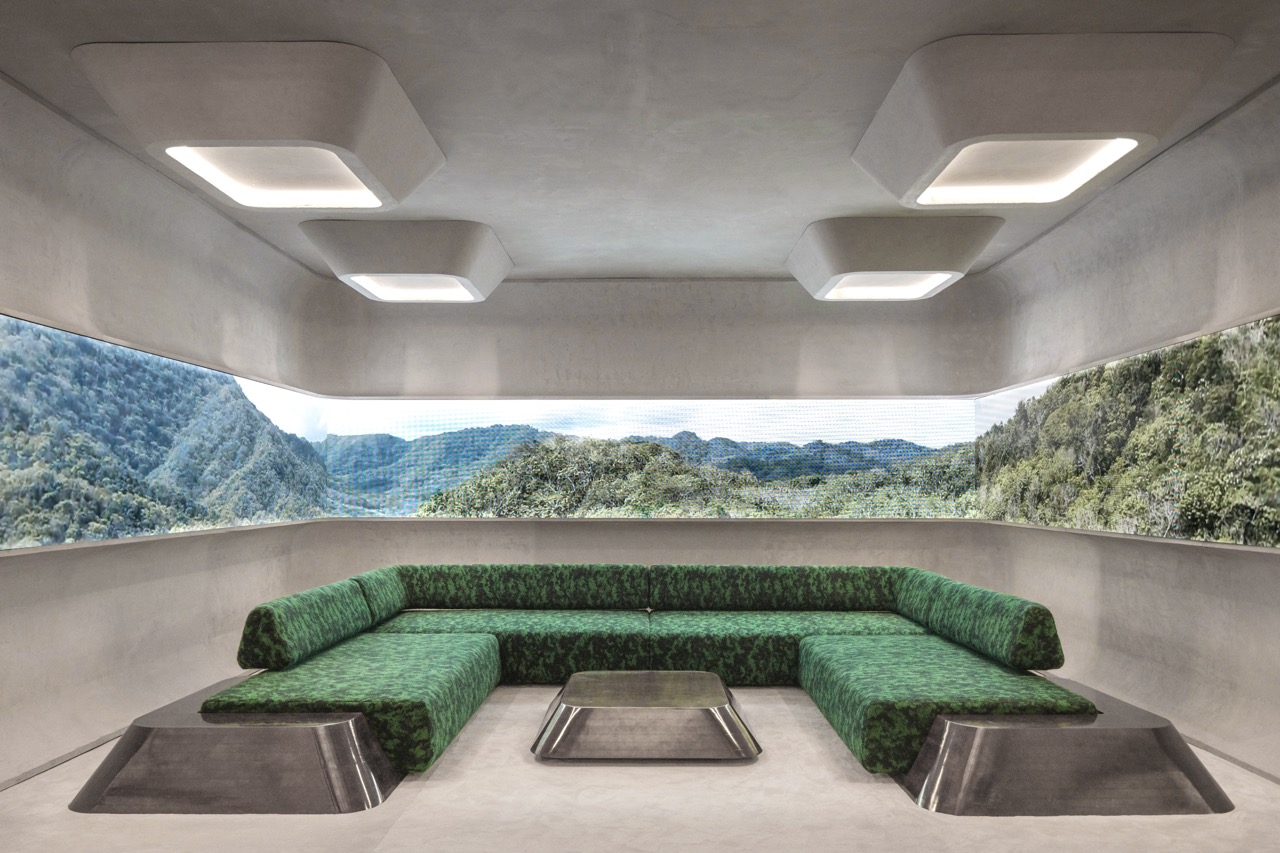Every Thursday the Sixtysix newsletter delivers the latest creative news, designs, and insights straight to your inbox. Here are this week’s highlights. Not on the email list? Subscribe now.
***
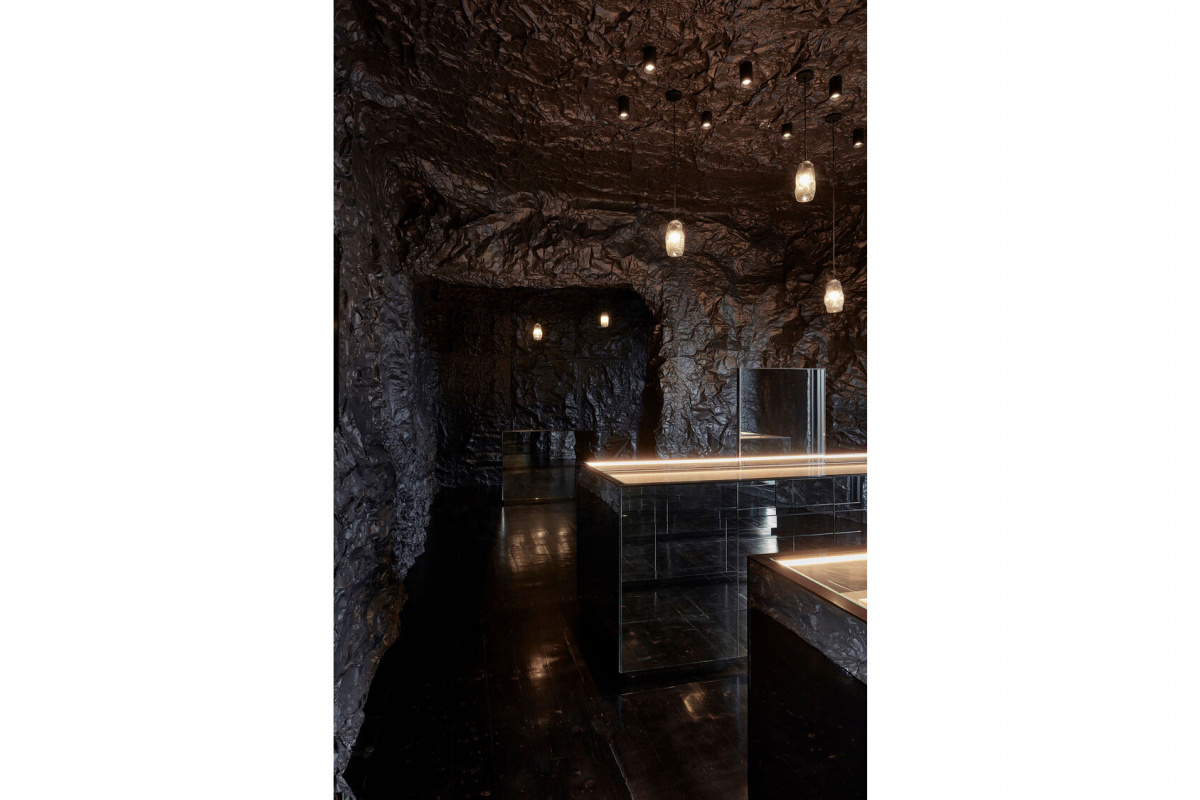
Photo courtesy of russellandgeorge.com
Russell & George turn to the ocean’s depths for interior inspiration.
+ Ryan Russell and Byron George, directors of Russell & George, designed the interior for Sarah & Sebastian’s new jewelry boutique based on an encounter Creative Director Sarah Gittoes had in an underwater cave while traveling.
+ A complex palette of all-black materials in varying sheens and intensity outfit the space, with hand-blown smoke glass pendants and color-changing bulbs that mimic a coral reef.
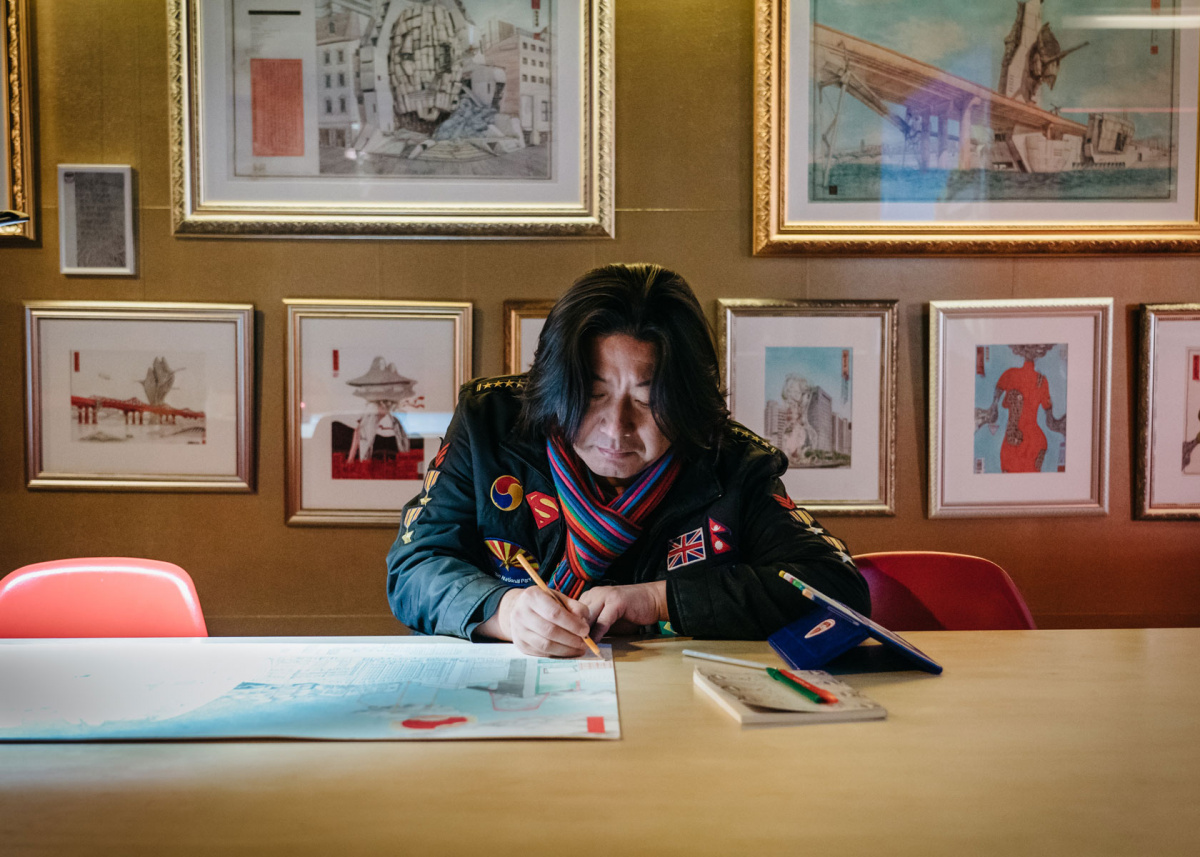
In other creative news, Moon Hoon shares the inspiration behind his architectural wonders—and where he sees the future of design.
+ Moon, known for his playful, sometimes outlandish projects, says he finds inspiration everywhere. “I am influenced and inspired by a myriad of things, from a client’s hairstyle to the dessert of the day. There are no boundaries in the inspiration game,” he told designboom.
+ As for where architecture is headed, Moon says diversity is key. “I think diversity is the environment we are headed to as architects. Not only are architects and artists sources for inspiration but also climate, environment, information, and technology will become strong influences and inspirations.”
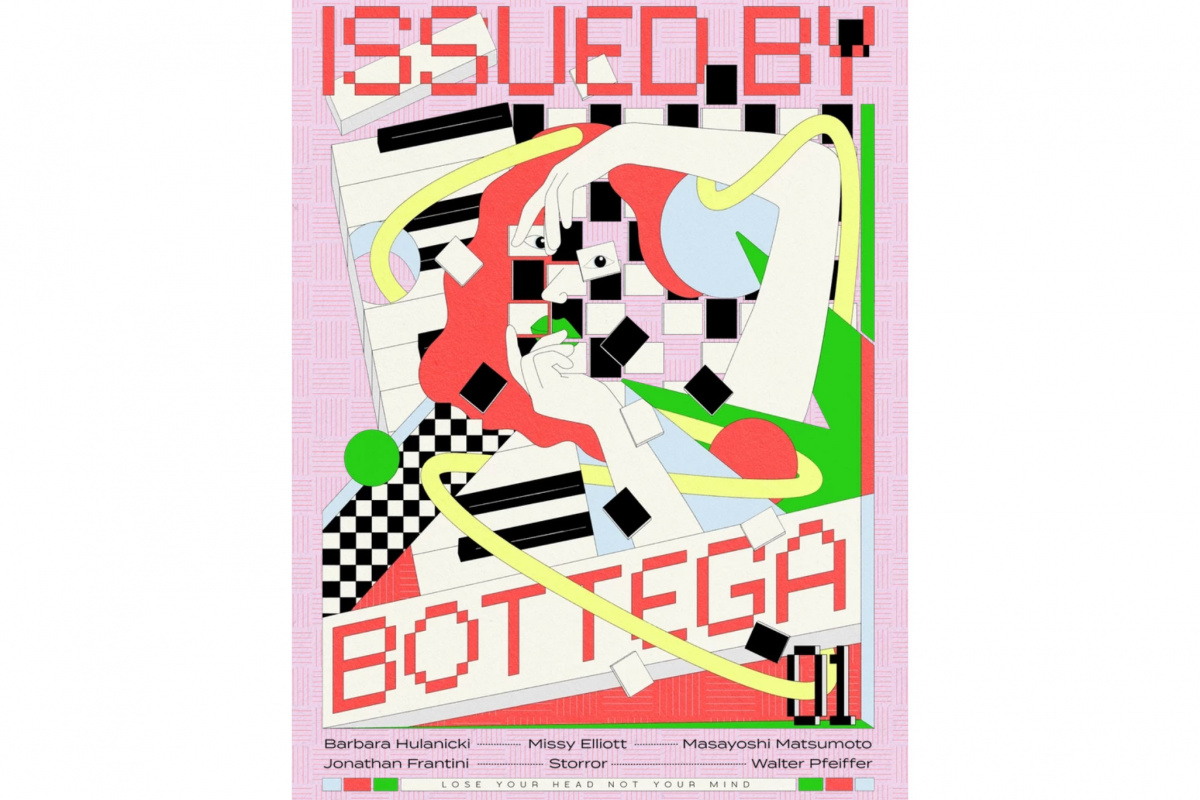
Courtesy of issuedbybottega.com
Bottega Veneta launches a new magazine to replace its social media accounts.
+ Called Issued by Bottega, the magazine is an audiovisual magazine that will be published quarterly, presenting creative endeavors through fashion, photography, music, and video—but notably no text.
+ Earlier this year, the Italian brand’s social media accounts went dark. Creative Director Daniel Lee told Surface that he hopes the magazine will offer “more progressive and thoughtful” content than scrolling through an Instagram feed.
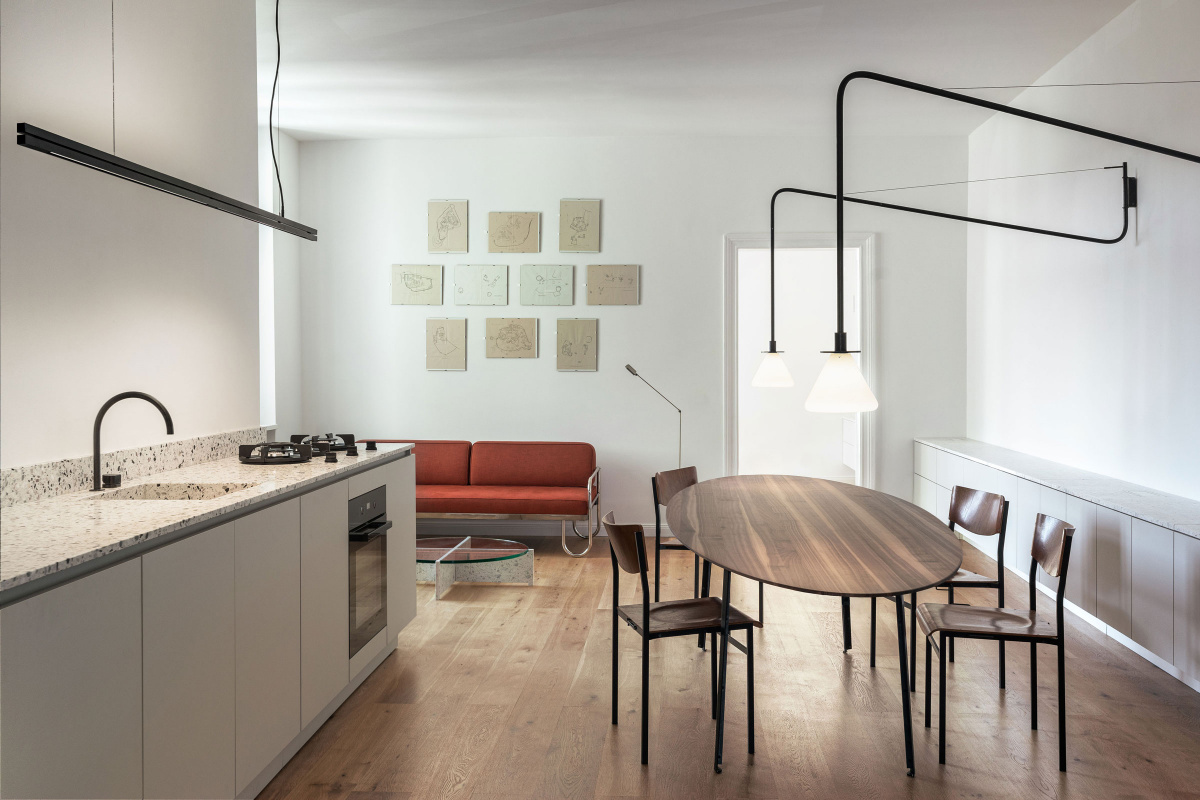
Photo courtesy of studio-loes.com
Studio Loes transforms a 20th century pre-war apartment in Berlin.
+ The project, Finow, is located in a Berlin Altbau (meaning “old building”) apartment building. Studio Loes redesigned the space to put the living room and kitchen, which were once disconnected, at its heart.
+ Custom furniture was also designed, including a rounded 10-seat American walnut dining table, to complement the homeowner’s existing vintage furniture collection.
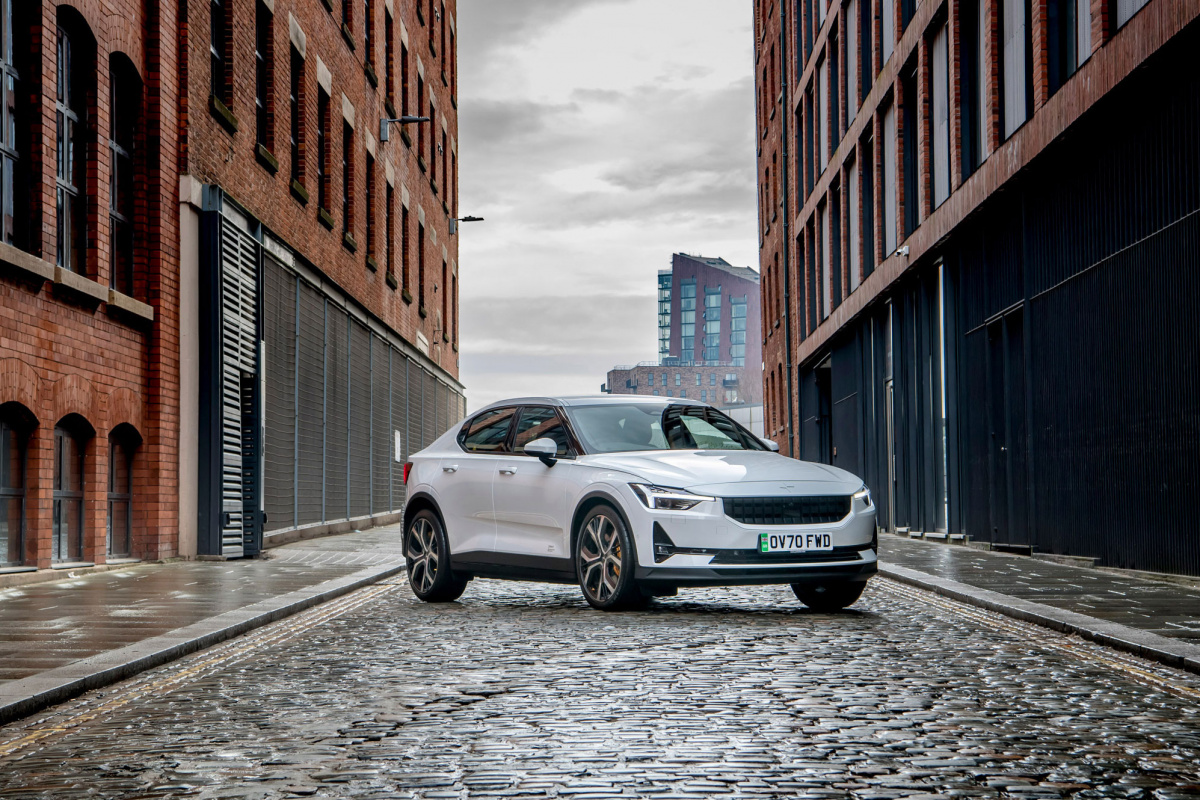
Photo courtesy of polestar.com
Polestar announces that the world’s first climate-neutral car is underway.
+ The Swedish auto company, which was founded by Volvo and Chinese car brand Geely in 2017, revealed plans for Polestar 0, a project that will focus on eliminating carbon emissions from its production process by 2030 rather than offsetting emissions.
+ “Offsetting is a cop-out,” CEO Thomas Ingenlath said in a statement. “By pushing ourselves to create a completely climate-neutral car, we are forced to reach beyond what is possible today. We will have to question everything, innovate, and look to exponential technologies as we design toward zero.”
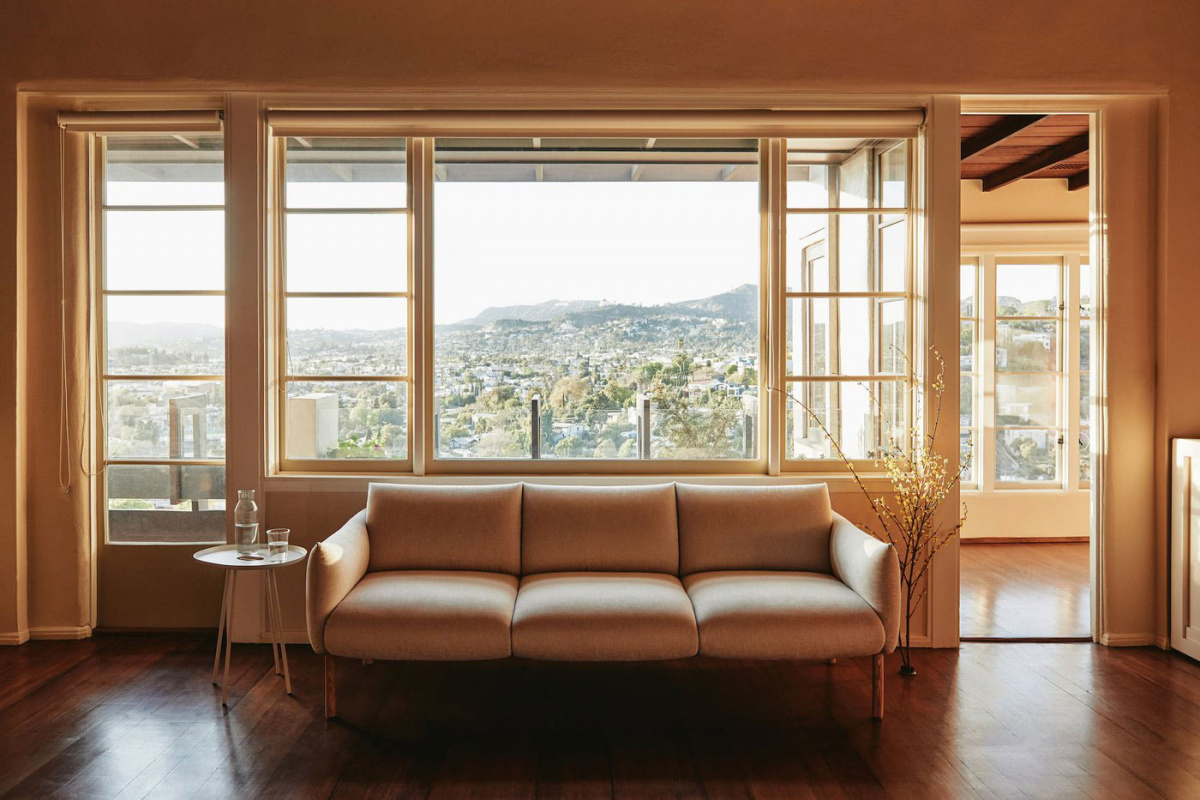
Photo courtesy of dims.world
Dims. releases its first sofa, the Alfa, designed by Takagi Homstvedt.
+ Inspired by the sleek curves of Italian cars from the 1960s, Takagi Homstvedt—the design studio founded by Hallgeir Homstvedt and Jonah Takagi—designed the Alfa sofa with clean lines and a plush, rounded silhouette.
+ Alfa’s long legs seemingly disappear into its backside, a design choice made to give the sofa an element of lightness despite its size.
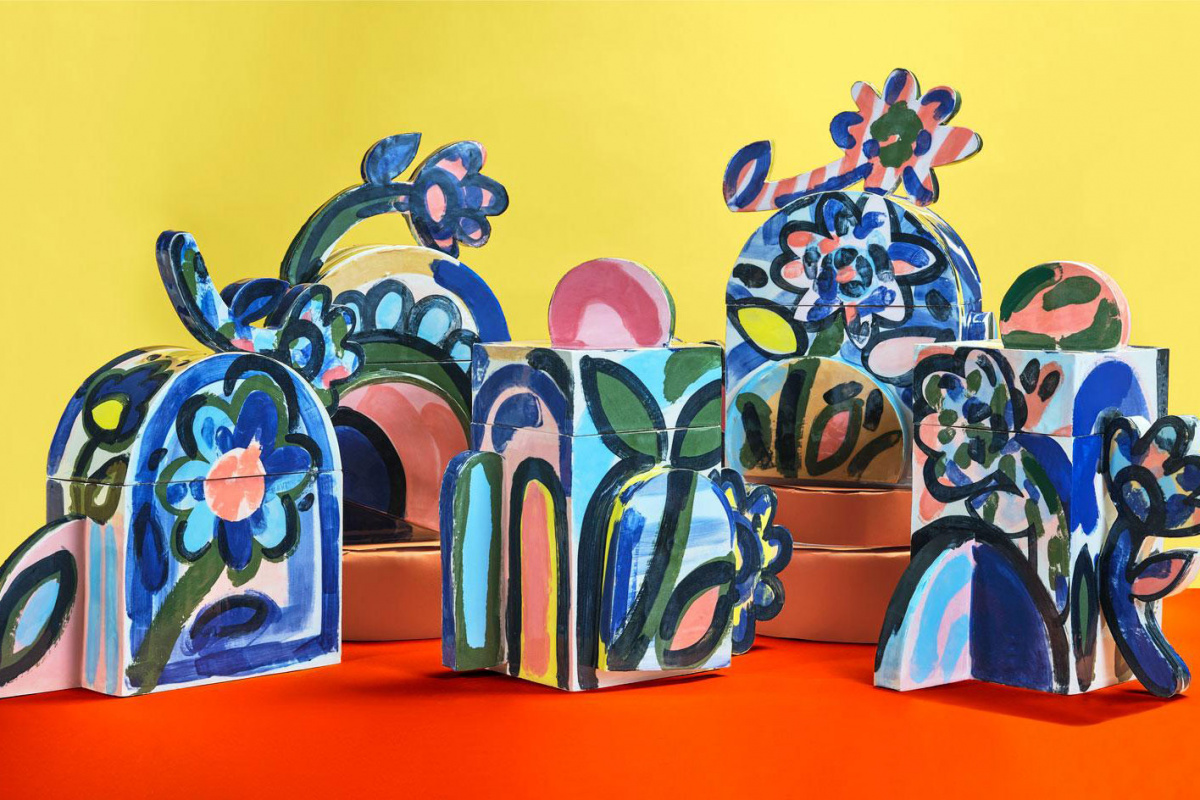
Photo courtesy of farewill.com
John Booth redesigns the urn to transform perceptions of death.
+ In collaboration with Farewill, the British artist created a colorful new series of ceramic funeral urns to bring vibrancy to a final act often shrouded in darkness.
+ “I was really inspired to create something in an industry traditionally void of creativity and choice,” he told Wallpaper. “Many people choose an urn as their final resting place, but we rarely talk about how they can help us express who we are. After the year we’ve had, it’s more important than ever to bring some joy to how we’re remembered, creating urns that reflect the vibrancy of our lives.”

Photo courtesy of guillaumeblondiau.co.uk
Guillaume Blondiau makes everyday objects attractive in his artful still lifes.
+ The London-based photographer prides himself on his works’ weird factor—the weirder the better, he told It’s Nice That.
+ “I wanted to explore the fetish element of still life photography,” he says. “And that with good lighting, an unattractive object, like a spanner, could become quite sexy.”
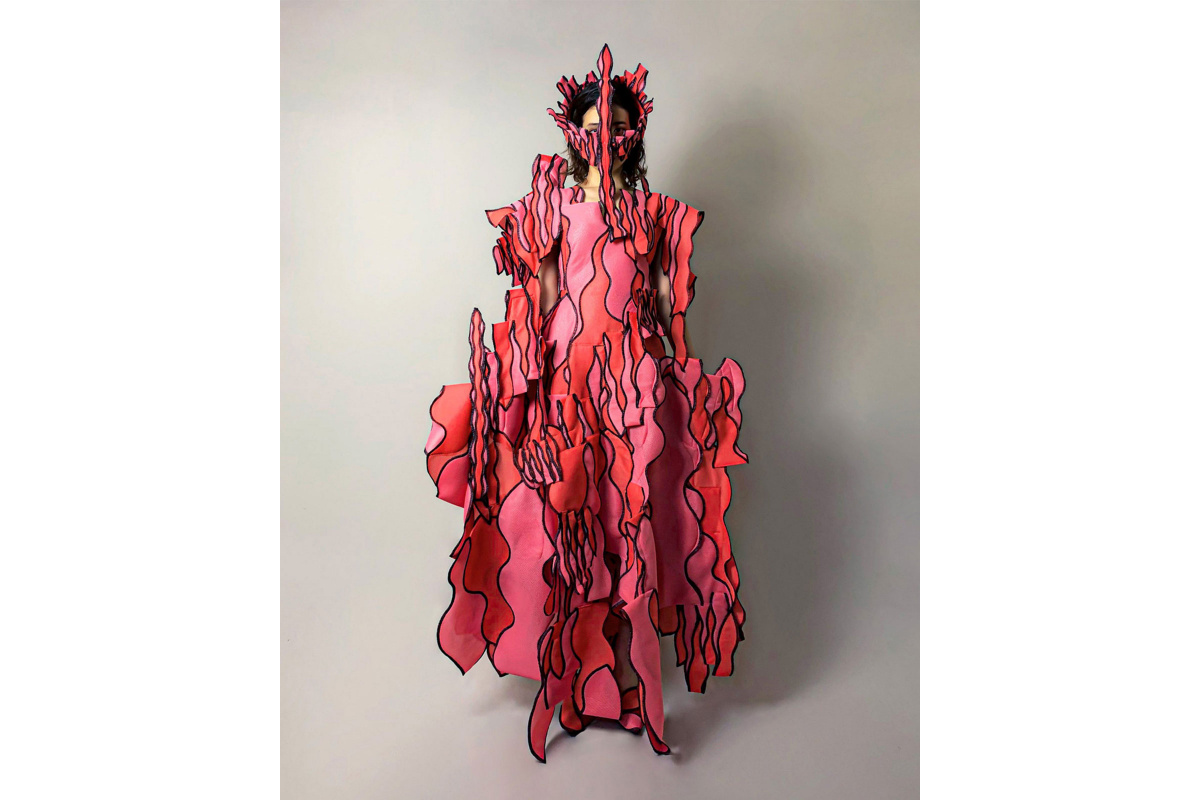
Photo courtesy of ryunosukeokazaki.com
Ryunosuke Okazaki’s sculptural garments in the Automatism collection reflect surrealist art.
+ “This collection is inspired by André Breton’s Automatism, and surrealist paintings that are not bound by reason, common sense, or logical structure,” he told Dezeen.
+ Surrealist automatism refers to a method of creating art in which the artist suppresses conscious control over the process. Ryunosuke’s resulting silhouettes are varied in form, curving, folding, and zigzagging to create bright, colorful three-dimensional shapes.
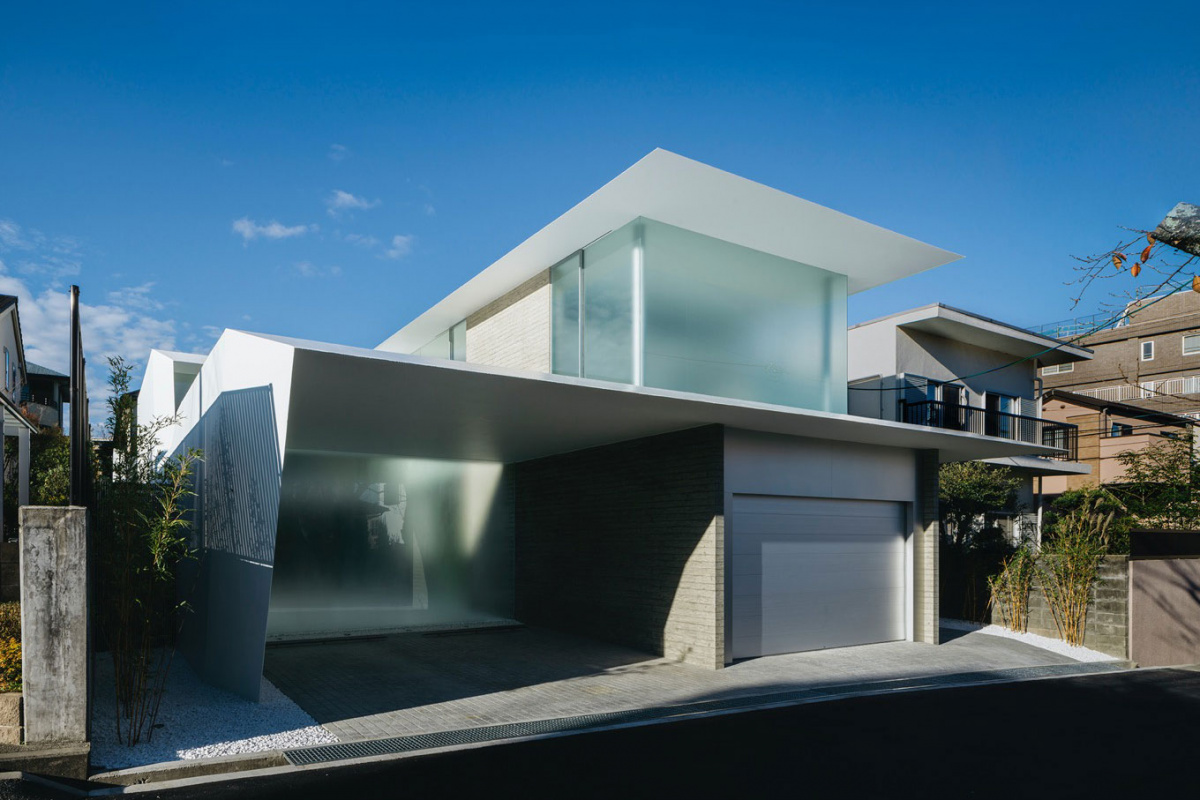
Photo courtesy of katsufumikubota.jp
Kubota Architect Atelier makes privacy the focus of this frosted-glass home in Japan.
+ Called Ho-House, the home is largely closed off from the street and its surroundings but includes an open courtyard at its center to give the homeowners a taste of the outdoors.
+ The home also uses a muted, minimal color palette with sharp white concrete slabs and alternating frosted and clear glass.
***
Want this news roundup send straight to your inbox? Subscribe below.
[ninja_form id=3]
